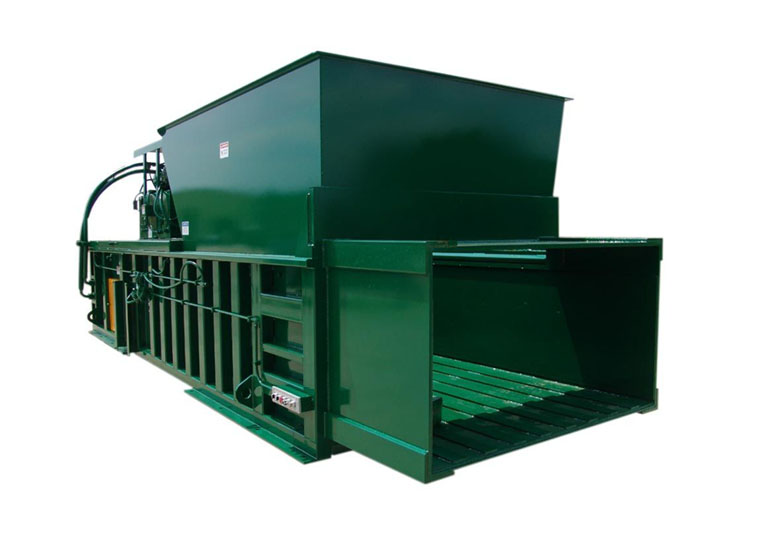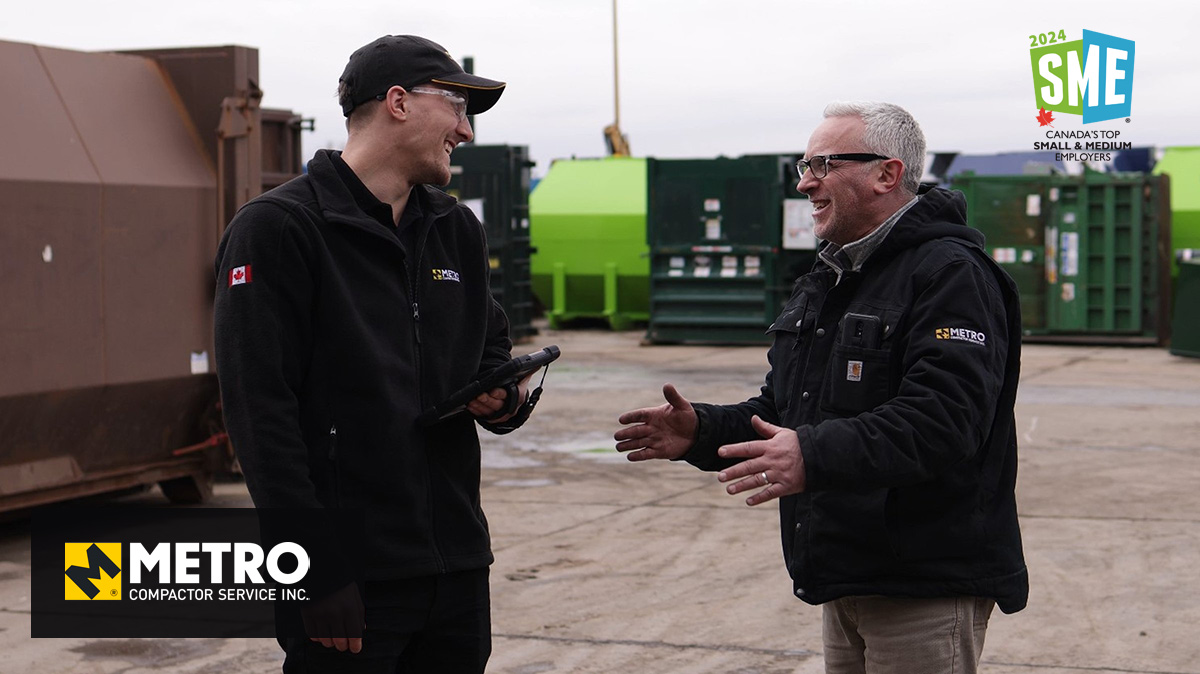Exploring the Essential Function of Waste Tools in Modern Recycling Processes and Sustainable Waste Disposal Practices
The crucial function of waste tools in modern-day recycling processes underscores its value in attaining lasting waste disposal methods. Advanced systems, such as automated sorting innovations and compactors, not just boost performance but likewise play an essential function in lowering contamination rates and boosting product recuperation. As the need for even more lasting solutions grows, it is necessary to check out just how these modern technologies adjust to evolving challenges within waste management. What cutting-edge innovations are on the perspective that could further transform these procedures?
Significance of Waste Equipment
Why is waste tools critical in the reusing process? The performance of reusing operations hinges considerably on the availability and performance of waste tools. This category of equipment and tools is necessary for the effective collection, handling, and sorting of recyclable products. By facilitating the splitting up of products, waste equipment minimizes contamination, which is vital in guaranteeing top quality recyclables that can be reestablished right into manufacturing cycles.
Furthermore, waste devices boosts operational efficiency and security within reusing facilities. Advanced machinery, such as shredders and balers, enables the quick handling of huge volumes of waste, decreasing labor prices and handling time. Furthermore, using specific equipment reduces the danger of injury amongst workers by automating hazardous jobs.
Additionally, the environmental effect of recycling is magnified by efficient waste tools. By optimizing the recycling procedure, centers can considerably minimize the volume of waste sent to garbage dumps, thus adding to sustainability initiatives. To conclude, waste devices is not simply a secondary part of recycling; it is an essential aspect that drives efficiency, safety, and environmental stewardship in modern-day waste management practices.
Kinds of Waste Devices
The efficiency of reusing procedures is carefully linked to the specific types of waste equipment used while doing so. baler rental. Various classifications of equipment are indispensable to the collection, arranging, processing, and transport of recyclable materials
To start with, collection tools, such as waste collection vehicles and bins, is important for collecting recyclables from different resources, consisting of property, commercial, and commercial locations. When collected, arranging equipment, including conveyor belts, shredders, and magnetic separators, plays an important role in differentiating various product types, making sure that pollutants are eliminated prior to processing.
Handling devices, such as balers and compactors, even more prepares products for reusing by compressing and packaging them into manageable sizes. This not just maximizes space yet also improves transport performance. Additionally, specialized machinery like granulators and extruders is utilized for changing materials into multiple-use kinds, particularly in plastic recycling.

Role in Recycling Procedures
In recycling procedures, the duty of waste devices is pivotal in making certain effectiveness and effectiveness at every stage. This devices includes a series of equipment designed to deal with, procedure, and type materials that are to be reused. The initial stage entails collection and transportation, where compactors and balers play a vital duty in enhancing the quantity of materials for transportation, thus lowering operational expenses.
Once at the reusing facility, our website shredders and crushers enter into play, damaging down materials into convenient sizes appropriate for more handling. These makers add to improving the surface of recyclables, facilitating a lot more reliable material healing. Arranging systems, equipped with sophisticated modern technologies such as conveyor belts and optical sensors, make sure that materials are precisely divided by kind, thus optimizing the quality of the recycled final result.
In addition, specialized tools for processing particular materials-- such as glass, plastics, and metals-- guarantees that each type is dealt with in the most effective manner. In general, the integration of advanced waste equipment into the reusing procedure not just enhances operations however likewise substantially contributes to the general healing rates of valuable products, underscoring its vital function in contemporary recycling efforts.
Influence On Sustainable Practices
With the effective operation of waste tools, reusing procedures dramatically enhance sustainable techniques throughout numerous markets. By improving sorting and processing features, progressed waste devices reduces contamination in recyclable materials, therefore boosting the top quality of recycled result.

Additionally, the integration of wise technologies in waste administration systems permits real-time information monitoring and evaluation, bring about more enlightened decision-making and functional performances. As sectors significantly focus on sustainability, the duty of waste tools ends up being paramount in shaping techniques that straighten with ecological stewardship and regulative compliance. Eventually, the synergy between waste tools and recycling processes plays a crucial duty ahead of time wider sustainability objectives across areas and sectors alike.
Future Trends in Waste Administration
Emerging fads in waste monitoring are poised to reshape the landscape of recycling and source recuperation substantially. One of one of the most crucial changes is the assimilation of innovative best site modern technologies such as synthetic intelligence, artificial intelligence, and the Web of Points (IoT) These innovations help with boosted arranging procedures, improving the effectiveness and accuracy of recycling operations. Smart waste containers furnished with sensors can keep track of waste levels in real-time, maximizing collection routes and decreasing operational costs.
In addition, the round economic situation version is getting grip, advertising the idea of recycling materials instead of taking care of them. This fad motivates businesses to design items with end-of-life considerations in mind, driving the demand for cutting-edge waste monitoring remedies.
Moreover, public awareness and involvement in sustainability practices get on the rise, leading to boosted involvement in reusing programs. Government policies Web Site are also evolving, with stricter guidelines on waste disposal and incentives for sustainable practices.
As these trends converge, they produce an extra reliable, sustainable waste management system that not only lowers ecological influence yet also promotes financial development with source recovery and development in waste equipment. The future of waste administration looks appealing, driven by innovation and a commitment to sustainability.
Verdict
Finally, waste devices plays a pivotal role in boosting the efficiency and efficiency of contemporary recycling procedures. By reducing contamination and making best use of material healing, advanced equipment sustains lasting garbage disposal practices and fosters a round economy. The unification of smart modern technologies better maximizes these efforts, making certain liable ecological stewardship. As waste monitoring proceeds to develop, the value of cutting-edge waste equipment will certainly remain extremely important in achieving sustainability objectives and attending to the obstacles of resource exhaustion.